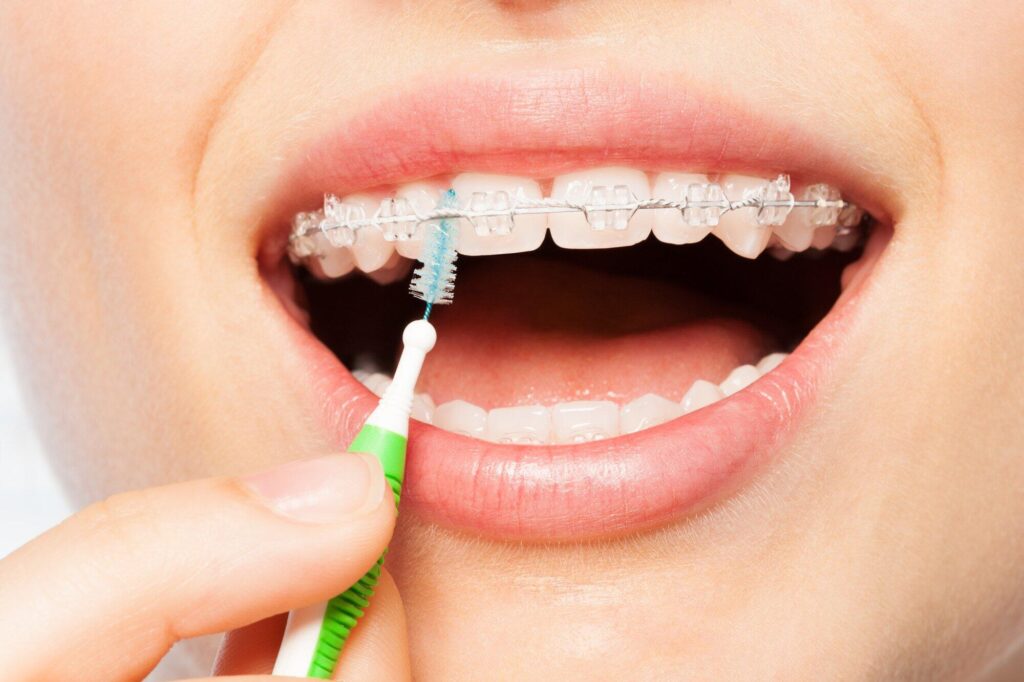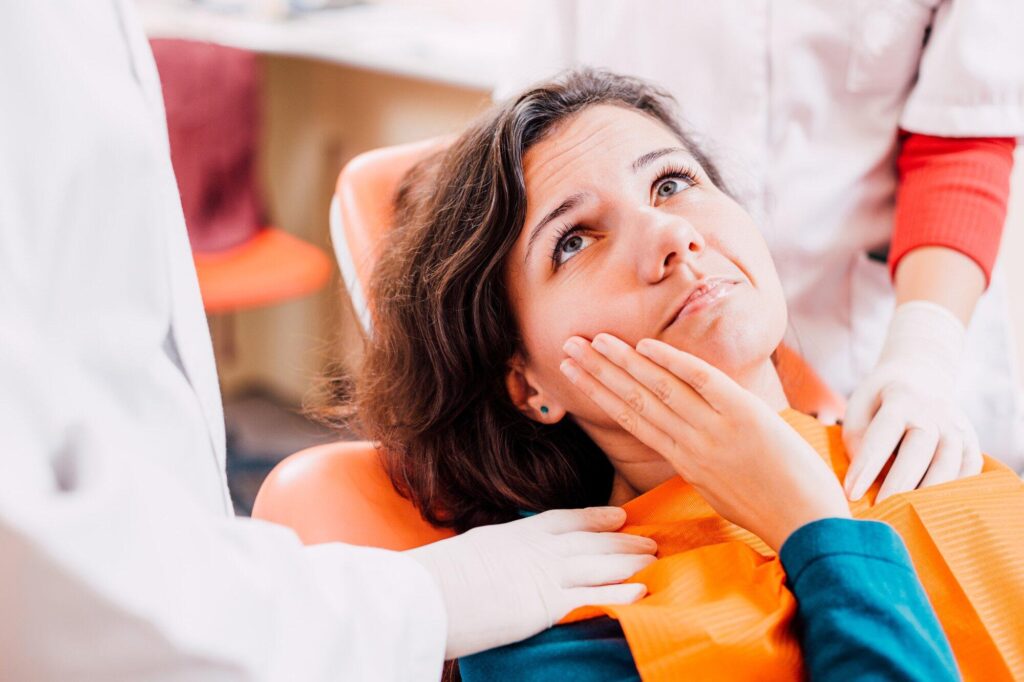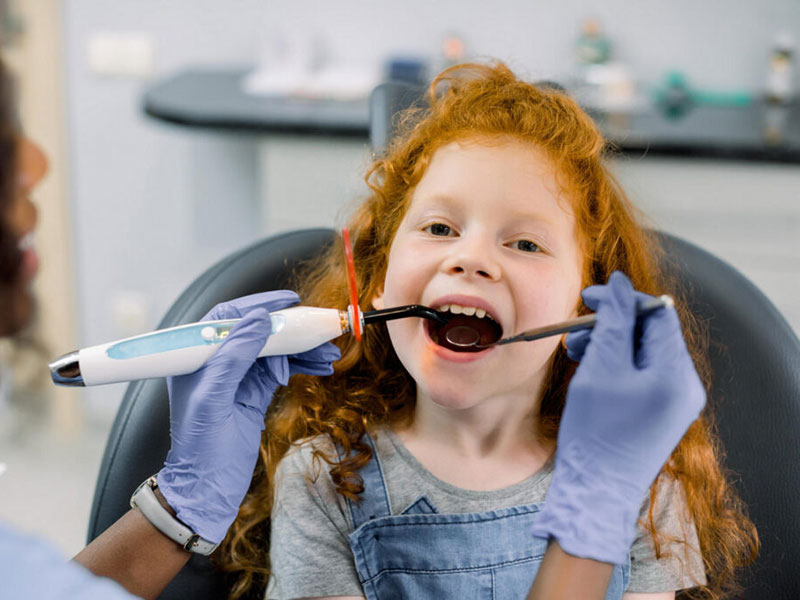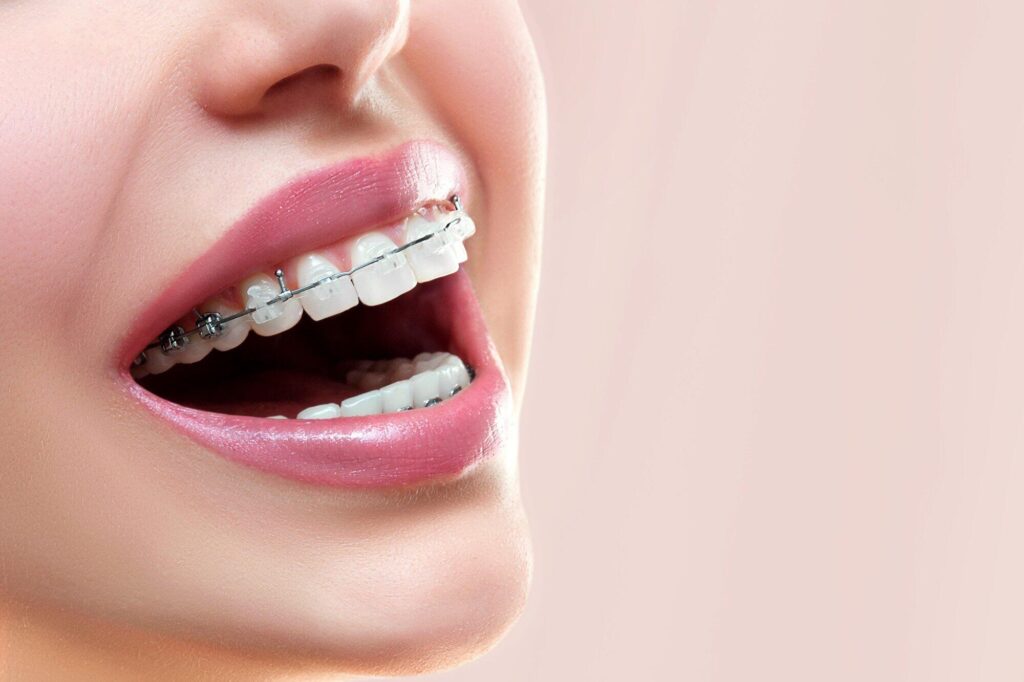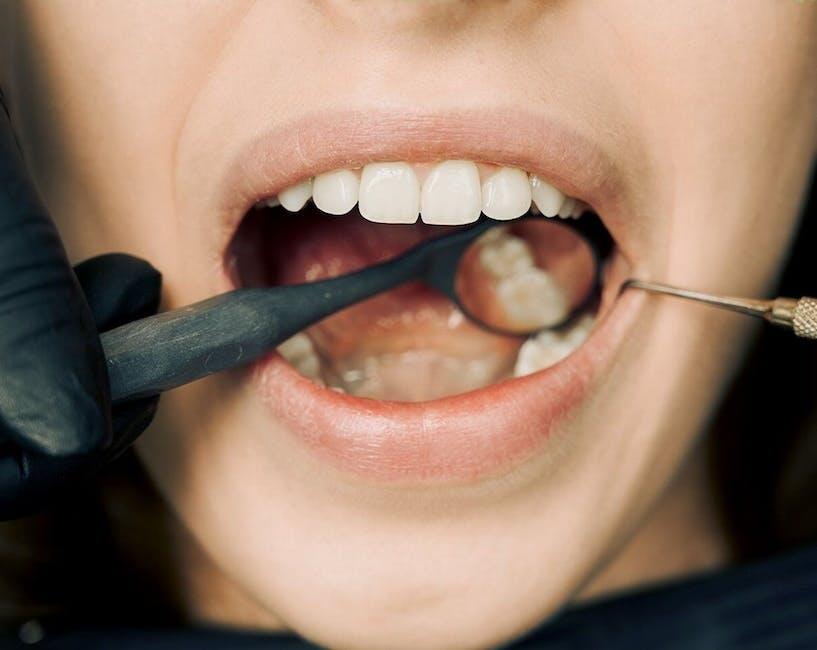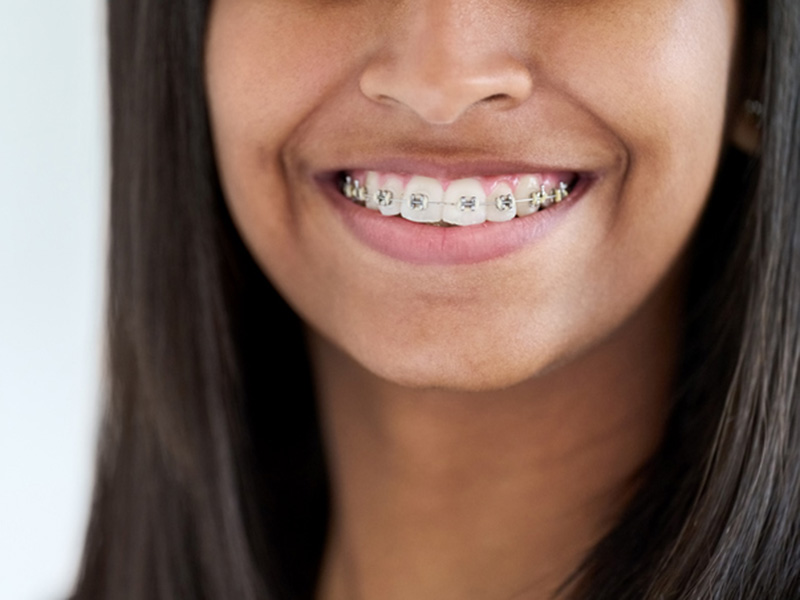April 4, 2024
Did you know that only around 35% of Americans have naturally straight teeth? That means many people turn to orthodontics to achieve their desired smiles and maintain oral health.
In this blog post, we’ll explore how straighter teeth can lead to healthier mouths. From preventing common oral health issues to boosting confidence, the benefits are clear.
Let’s look at why straighter teeth are not just about a beautiful smile but also about ensuring a healthy mouth for years to come.
Link Between Crooked Teeth and Oral Health Issues
Crooked teeth aren’t just a cosmetic concern –it is a fact that they can also impact your oral health and wellness. Misaligned teeth create spaces where plaque and food particles can easily get trapped. This buildup of plaque can lead to various oral health problems.
For example, plaque buildup can contribute to gum disease. When plaque accumulates along the gumline, it can cause inflammation and irritation. This can lead to gingivitis and eventually more severe forms of gum disease if left untreated.
Additionally, crooked teeth can make it difficult to properly clean between teeth, increasing the risk of tooth decay. Areas that are hard to reach with a toothbrush or floss are more susceptible to decay-causing bacteria. This can potentially lead to cavities and tooth damage.
Overall, the misalignment of teeth can create an environment where oral health issues thrive. By addressing crooked teeth, individuals can help prevent these common problems and maintain a healthier mouth.
How Straighter Teeth Contribute to Better Oral Health
As noted above, achieving straighter teeth goes beyond just enhancing your smile. It plays a crucial role in maintaining optimal oral health. Let’s explore how straighter teeth can positively impact various aspects of dental hygiene and health.
Improved Oral Hygiene
Having straight teeth makes brushing and flossing much easier and more effective. With properly aligned teeth, toothbrush bristles and dental floss can reach areas that were previously difficult to access, ensuring a more thorough cleaning process.
This reduces the chances of plaque and tartar buildup, two primary culprits behind many oral health issues.
Reduced Risk of Gum Disease
The alignment of teeth significantly influences gum health. Straight teeth help gums fit better, reducing gaps for bacteria to cause gum disease.
Better alignment also lowers the risk of gum recession, a condition where gums pull away from teeth, potentially leading to periodontal disease and tooth loss if left untreated.
Prevention of Tooth Wear and Damage
Straighter teeth contribute to a more balanced distribution of biting forces across the teeth. When teeth are straight, chewing pressure is spread out evenly, which helps prevent excessive wear on certain teeth.
Balanced force distribution reduces the risk of chipped or fractured teeth, preserving overall tooth integrity.
Options for Achieving Straighter Teeth
So, are you now considering options for straightening your teeth? Let’s explore two popular methods and their respective pros and cons.
Traditional Braces
Traditional braces consist of metal brackets attached to the teeth, connected by wires and bands. Over time, these components apply gentle pressure to gradually shift the teeth into proper alignment. Adjustments are made periodically by an orthodontist to ensure progress.
Traditional braces are effective for correcting complex dental issues and are suitable for patients of all ages. They are often covered by many insurance plans.
However, they come with some drawbacks. The visible metal brackets and wires may not be ideal for those concerned about aesthetics and they require regular adjustments and maintenance. Some patients may also experience discomfort and find it challenging to maintain oral hygiene.
Clear Aligners
Clear aligner treatment uses custom-made clear plastic trays to slowly move teeth into alignment. Each set of aligners is worn for about two weeks before being replaced with the next set.
Clear aligners offer several advantages compared to traditional braces. They are nearly invisible, making them discreet and ideal for those concerned about appearance. Additionally, they are removable, allowing for easier maintenance of personal hygiene as they can be taken out for eating, brushing, and special occasions.
Clear aligners like Invisalign are more comfortable than metal braces. They are made of smooth plastic, which reduces irritation and discomfort for the wearer. Moreover, clear aligners have no dietary restrictions because you can remove them.
Importance of Post-Treatment Care
Following teeth straightening treatment, wearing retainers is crucial to prevent teeth from shifting back to their original positions. Orthodontists typically prescribe wearing retainers for a specified duration, often at night. Additionally, attending regular follow-up appointments with your orthodontist allows for monitoring progress and addressing any concerns promptly.
Maintaining good oral hygiene practices is also essential even after teeth straightening. This includes brushing teeth twice daily with fluoride toothpaste, flossing daily, and using mouthwash to remove plaque and bacteria. Proper oral hygiene helps prevent common dental issues such as cavities, gum disease, and tooth decay.
Maintaining Your Healthy Smile
Straightening your teeth not only improves your smile but also helps with oral health and overall well-being. At SouthShore Orthodontics, we’re committed to helping you achieve the smile of your dreams while maintaining optimal oral health.
If you’re in Apollo Beach, Riverview, or the greater Tampa Bay area, contact us today. Our experienced team is dedicated to helping you achieve the smile you deserve. Schedule an appointment now and take the first step towards a healthier, happier you.


